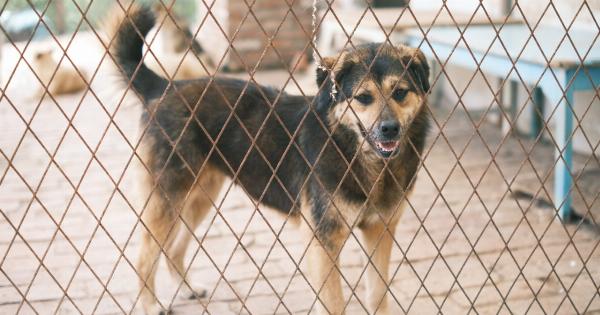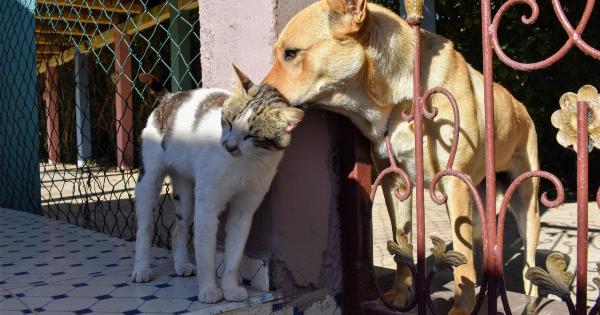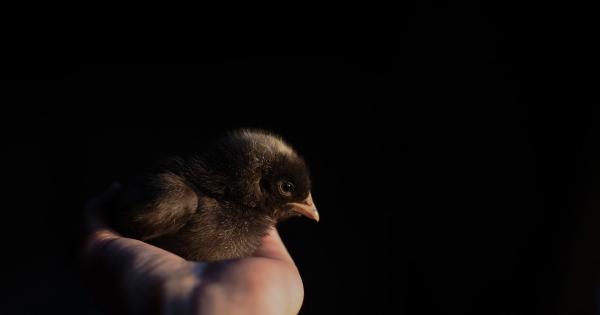When animals find themselves in distress, it is our duty as compassionate humans to help them.
Whether it’s a domestic pet or a wildlife creature, understanding and implementing rescue techniques can make a significant difference in saving their lives. In this guide, we will explore various rescue techniques for animals in distress, providing you with the knowledge needed to make a positive impact.
1. Assessing the Situation
The first step in rescuing an animal is to assess the situation to ensure your safety as well as the animal’s. Take a moment to observe the surroundings, identify any potential threats, and gauge the animal’s behavior.
2. Contacting the Appropriate Authorities
If you come across a distressed animal in a public space or an endangered wildlife species, it is crucial to contact the appropriate authorities immediately.
Reach out to local animal control agencies, wildlife rehabilitators, or emergency veterinarians who can provide guidance and support.
3. Rescuing Injured Wildlife
In the case of injured wildlife, it is essential to approach the rescue with caution. Do not attempt to handle the animal without proper equipment or training.
Contact local wildlife rehabilitation centers or wildlife rescue hotlines for expert assistance. They will guide you on the best course of action and may dispatch a specialized team to handle the situation.
4. Safely Handling Domestic Pets in Emergency Situations
Emergency situations involving domestic pets may require immediate action. If a pet is injured or in distress, make sure to approach them calmly and gently, avoiding any sudden movements that may scare or agitate them further.
Use towels or blankets to carefully secure and transport them to the nearest veterinary clinic or emergency animal hospital.
5. Animal First Aid
Having basic knowledge of animal first aid can be immensely helpful in providing initial care and stabilizing an injured or distressed animal until professional help arrives.
Some essential animal first aid procedures include administering CPR, controlling bleeding, immobilizing fractures, and treating burns or wounds. Enroll in a local animal first aid and CPR course to learn these vital skills.
6. Creating a Safe Environment
Rescuing an animal is not limited to the immediate act of saving them; it also involves creating a safe environment for their recovery.
Whether it’s an injured bird or a stray cat, prepare a comfortable and quiet space where the animal can rest and heal. Provide appropriate food, water, and bedding to promote their well-being during the recovery period.
7. Trapped or Stranded Animals
Animals that find themselves trapped or stranded require specific rescue techniques. It is crucial to remain calm and avoid causing further distress to the animal.
Contact local authorities, animal control agencies, or trained rescue organizations who can safely handle the situation, often utilizing specialized equipment and techniques to successfully free the animal.
8. Educating Others
One of the most powerful ways to make a lasting impact on animal rescue is through education. Share your knowledge with friends, family, and community members, organizing workshops or seminars on animal rescue techniques.
By spreading awareness, we can collectively contribute towards a more compassionate society that values animal lives.
9. Supporting Local Rescue Organizations
Rescue organizations play a crucial role in protecting and caring for animals in distress. Support them by volunteering your time, donating resources, or fundraising for their cause.
Your contribution can make a significant difference in their ability to rescue and rehabilitate animals.
10. Promoting Animal Safety and Welfare
Lastly, remember that prevention is always better than cure. Promote animal safety and welfare by advocating for responsible pet ownership, promoting spaying and neutering programs, and supporting legislation that protects animals from harm and neglect.
By addressing the root causes of animal distress, we can prevent many rescue situations from occurring in the first place.






























